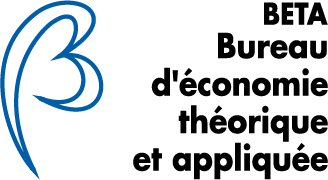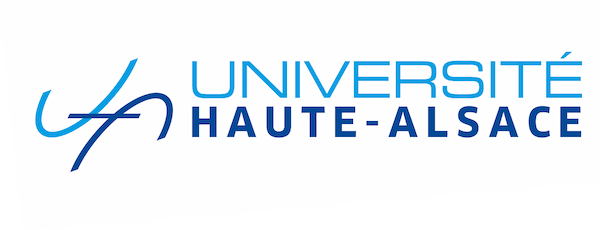Title : Disentangling the role of surface and deep-level variables on individuals’ and groups’ creative performance: A cross-level experimental evidence.
Author(s) : Anne-Gaëlle Maltese, Sara Gil-Gallen, Patrick Llerena
Abstract : Our societies are based on the principle of heterogeneity of individuals who possess diverse multidimensional characteristics. Social interactions among those profiles significantly impact collective activities, including creative outcomes. There exists a growing literature studying the variables influencing both individual and collective creative performance, but due to the complexity of the phenomenon, the literature does not find a consensus on their impact. The novelty introduced by this paper is first to capture and disentangle the role of surface and deeplevel diversity variables in individual and collective creative performance. Secondly, we run a collective experiment involving real social interactions, which is a dimension rarely captured in the experimental economics literature, to measure groups’ creative performance and the creative process behind it. Finally, to the best of our knowledge, we are the first experimental paper disentangling the role of such variables within individual creative performance, considering both convergent and divergent thinking by introducing three different types of tasks: open, open with constraints, and closed. The results of our analysis concluded that exists a mixed pattern of the impact of surface and deep-level variables on the individual creative performance, knowing that it will differ according to the degree of openness and the criteria of creativity. The only factor that arose persistently across degrees of openness was the self-evaluation of the performance in the task, which positively relates to creative performance (open and closed), while open with constraints is detrimental for subjects who self-evaluate their performance better than others. At the collective level, we observe different types of results depending on the evaluation criteria by means of feasibility fostered by homogeneous female groups and instead originality by half male and half female. Moreover, we also observe the implications of individual training, driven by subjects’ from programs with the formation in creativity being detrimental for feasibility but instead increasing originality in collective creative performance. To be noted, further improvements in this work have to be expected, and we invite the reader to refer to the last section of this paper for more information.
Key-words : Creativity, Diversity, Collective, Experiment.
JEL Classification : C91, C92, O31.






